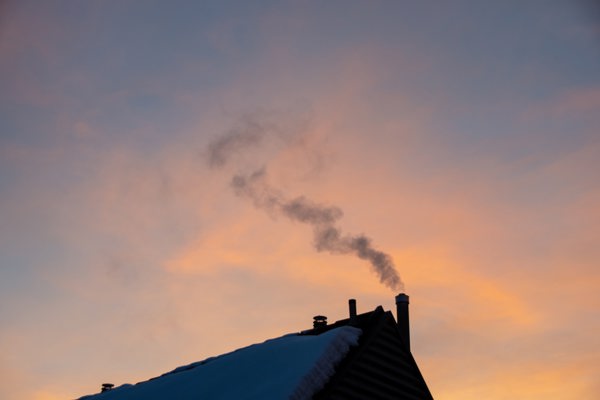Heating our homes and buildings currently accounts for 30% of Scotland’s total energy consumption. This is why decarbonising heat – meaning reducing and eliminating the greenhouse gases emitted during its generation and use – is essential in tackling climate change and ensuring Scotland reaches its aim of becoming a net-zero country by 2045.
The Heat Networks (Scotland) Act 2021
How we heat our buildings is a crucial element in reducing carbon emissions. Whilst there is no single solution that will deliver the required emission reductions, district heating and heat networks have a big part to play in cutting carbon emissions.
Scotland is the first country in the UK to legislate on the development of heat networks, passing the Heat Networks (Scotland) Act 2021 (‘The Act’) earlier this year. The Act will introduce a regulation and licensing system for district and communal heating to accelerate the use of networks across Scotland. The Scottish Government’s aim is that low carbon technologies such as heat networks will supply heat to 35% of domestic and 70% of non-domestic buildings by 2032. All going well, it is estimated that heat networks will also reduce greenhouse gas emissions equivalent to that of 90,000 cars by 2050.
What are heat networks?
Heat networks are centralised sources of energy that deliver heat to buildings in the form of hot water or stream, from the point of generation to the end user through a network of insulated pipes.These networks can use a variety of heat sources such as combined heat and power, gas boiler, renewables and recovered waste and are considered more efficient than individual gas boilers. Heat sources can be changed at the centralised energy center to better align with climate change targets, and they reduce the need for customers to procure and maintain their own boilers.
This is in contrast with the disruption it would cause if a landowner wished to change the heating system in their property from gas to a biomass system, for example.
Heat networks in practice
There are currently more than 830 heat networks operating in Scotland including heating systems that have been successfully utilised on a large scale at Edinburgh’s new St James Quarter and the Queen’s Quay multi-use development site built on the former John Brown shipyard at the Clydebank in Glasgow. The latter is the first large-scale water source heat pump scheme of its kind in Scotland and will make a significant contribution towards climate change targets for West Dunbartonshire Council.
The benefits of heat networks are not only environmental – they can save space, remove combustion risk within buildings, have been shown to save householders and businesses up to 36% in fuel costs and will inevitably create more jobs. Scotland’s Energy Minister has said that “heat networks fit the profile of the sort of project that can make a significant, near-term contribution to our green recovery while providing long-term employment in local communities”. This is essential as we continue to grapple with the unprecedented challenges that have come with the coronavirus pandemic.
The Act is a long-awaited, key milestone; however, it is not the end point. A series of implementing regulations are required to shape the regulatory and licensing framework and to govern how the system will work in practice. The delivery of detailed regulations will be a welcome update for the industry and should offer more insight into how each aspect of the new regulation system is to be managed in practice.
This article was co-written by Charlotte Dempster, Trainee Solicitor.

